Leaderboard
Popular Content
Showing content with the highest reputation on 10/24/2017 in all areas
-
Wanted to share the path we went down in trying to save the original Pressboard type Inner Firewall Cover from our P15 project. Ours was looking pretty sad and had a few areas on the drivers side that were missing. What I found available as a direct fit replacement looked either cheap (stapled together) or one that looked pretty descent, (was at least a molded piece) but was close to $300. I've got $50 in the following repair to our firewall cover and thought I'd like to share this here on the forum. I also applied the same method to my other cardboard/pressboard kick panels and heater side panel ducts with consistent results. Loctite 2 part epoxy, 1/8th inch pressboard/chipboard material (I purchased a new 12" x 16" piece off ebay for $3 dollars - delivered), 4 cans of Plasti-Dip flat black, and 1 can of Plasti-Dip Glossifier with Fade Buster (depending on where you get it, Lowes versus a smaller hdw. store like Ace, ea. can costs around $6-7 dollars). I used masking tape on the areas that were frayed (like the edges of the openings of the cover), to make form walls to hold the Loctite 2 part epoxy in place while it cured. larger spots I took a very small amount of fiberglass matt, cut it up with scissors, and mixed it in with the epoxy for strength). I used the new 1/8 " chipboard to make new pieces to replace areas that were missing, and applied the same process we used in doing fiberglass repair. Which is as follows: there's much less strength in attaching two sections with a square 90 degree angle, you just don't get enough glued surface area contact to allow for strength, but overlap the two pieces and mate them together by shaping each piece with an overlapping taper (so one piece rests upon the other piece ) and you gain strength. The rule of thumb we used doing fiberglass repair was to make your tapered surface area where your going to glue things back together, equal to the new surface area you area attaching. Never had one fail that way. I've attached some pics we took along the way, that show the firewall cover from the day we removed, then mid stream epoxy and chipboard repairs, and then this past week when they got Plasti-Dipped. Pretty straight forward easy. Like with all this kind of stuff, being clean is critical. I used brake parts cleaner to clean areas before glueing, and also before applying the Plasti Dip. I like the brake parts cleaner as it leaves no residue and dries away quickly. (This was all a "what have we got to lose kinda thing", but our bonds seem strong and we had no sings of contamination when applying epoxy or the Plasti Dip). The information is not found on the cans, but if you go read their tech sheet found on the internet, the plasti dip shows a temp range of -30f to 200 f, good chemical resistance (however petroleums are shown as limited), which I didn't think should be a big problem inside the car, and a life of 7-10 years (outside in the weather) with the UF coating applied. I really liked the flat black of the Plasti Dip (before the uv top coat was added which also gives it the gloss) a little better than the gloss finish, and debated on whether the sun could get to the very bottom of the Cover enough to warrant using the UV top coat, but decided to go that route for a bit more assurance in regards to longevity. Course once the epoxy repairs set up, you've got a bit of easy sanding to do...and before applying the Plasti Dip I went over the entire panels with a red scotch brite pad and brake parts cleaner..to promote adhesion. Fun stuff..whether it's sanding a part and painting it, or something like this,...I really enjoy trying to make these old forgotten, neglected parts look like something again. Steve'o4 points
-
Shared a bit of history and photos end of August. Truck was laid up at the time with hopes of having it going again for my Dad's visit. New wheel cylinders on the front, tires for the back and all tires balanced. Running pretty good - 50 mph per gps unit with pedal to spare. And it stops. See above post for shot of Dad back in 1980. Few additional photos for kicks and whistles3 points
-
1 point
-
1 point
-
I want my trucks higher and higher.....I can see over the traffic better.1 point
-
Should be a serial number plate attached to one of the A Pilar's near where the doors hinge. Enginehead length is an indicator of its origin. Pictures would also indicate if it is a DodgeDodge body or aPlymouth with Dodge trim as many exports were the special deluxe is Plymouth nomenclature as US Dodges used custom and deluxe. Quick spotters guide, Dodge front fenders flair back into the front doors, Plymouth fenders merge with the cowel.1 point
-
Excellent! Thank you for posting. We'll be putting the ol' D24 up for the winter shortly, which is when I do the projects that would otherwise take it off the road. Been wondering what to do with the firewall cover and this looks like something to try out.1 point
-
I have always used a door handle or a trunk latch. The shaft fits very well.1 point
-
Work's busy, but sometimes you need to take time to enjoy the things you work for. So I took another day off today. I cruised some more. Had my brother meet me, I treated him out for lunch. Met more people who approached to talk about the Chrysler. Had coffee on the sidewalk. It was another great day. Photo ops a-plenty. I happened to pass some young boys on their way home from school, while I was out in the ‘53 today. “Wow. Cool car!”, they said. I slowed down. They were on my left. I said out the driver window: “Try and guess the year boys.” They smiled. I got answers of "1996." Then "1968". Then "1970". I replied, “1953”. “Wow”, they larked. "Just wow.” “Epic wow” I think I heard one boy say. "Older than my Grandpa I bet!". I laughed out loud to myself as I accelerated away. 1996....These boys were about 10. 1996 was really really old to one of them. More experimenting with the iphone Panorama camera feature. Playing around I sometimes get an angle I like.1 point
-
As I recall it's a 5/16" square. The first time I ran into it I found a punch in my tool box that had a body with the same size square. I inserted the square side into the plug and used a wrench on the square shank of the punch. Then I found a socket set that has the male square ends for this exact purpose. Here's a set on Amazon with both internal and external square sockets. https://www.amazon.com/SK-19781-Piece-8-Inch-Socket/dp/B0002NYC7C/ref=sr_1_22?ie=UTF8&qid=1508790783&sr=8-22&keywords=square+plug+socket Another similar set on Tooltopia, a bit cheaper. https://www.tooltopia.com/grey-pneumatic-1211p.aspx?utm_source=google&utm_medium=cpc&utm_campaign=paid_search_google_pla&adpos=1o8&scid=scplpGRE1211P&sc_intid=GRE1211P&gclid=EAIaIQobChMI_PDKuMuH1wIVArjACh0AqwubEAYYCCABEgKjSfD_BwE1 point
-
You really should give George Asche a call. Hopefully he or the AoK Boys can set you right again. Added at 1508 CDT You know what after thinking about this for a while, here is my response and advice to you. You are not going to get any answers, stats, specs or info, never mind this bull$hit, that others want to know now and in the future, if they do, they can ask Tim, and sure he would be accommodating. You made so much trouble with the A833 adapter plate, and would not let it go, in fact did you not get the drift after that thread went in the toilet. Why don't you give it up, you obviously enjoy "grand standing" and you are getting no where on this issue. Highly unlikely Tim is going to ingratiate you with an answer, he owes you and anyone else on here nothing, and believe me he has nothing to prove, but it sure looks like you do???1 point
-
Pretty sure Tim has all the documents and documentation mentioned. This topic should either end or go back to the purpose as asked by the original poster.1 point
-
1 point
-
1 point
-
I am constantly baffled by all the talk of lowering these trucks. Not sure why there is so much interest and effort put into this process? I have about 10,000 miles on my B-3-C now and am extremely happy with it's ride qualities. I just can't imagine messing about with the standard set up. It is easily the nicest riding and handling solid front axle vintage truck in these parts. IMO the factory got it right from the beginning. And no.....I don't think they look any better lowered. Jeff1 point
-
Why not take this to a PM or telephone call? Not sure anything needs to be proven on this matter, any particular reason you need to derail this thread? It's a thread discussing Chrysler industrial engines, not how many cam profiles and configurations existed for the entire Chrysler flathead 6 cylinder engine run... You obviously doubt the numbers of "cam profiles", so the best option is to telephone George, or PM Tim, or something, if you would like to know this info..1 point
-
My apologies, Tim. I won't quote you again when trying to add to a forum topic. This info was based on notes I had taken when you and I had some lengthy conversations many months ago. I had hoped that disseminating this kind of information would add something positive to the discussion, and I for one, believe you carry a lot of credibility, considering your background, so I figured this kind of info would be of benefit to others as well. But....I also understand that people sometimes like to get into debates over things that in my mind should not be all that debatable, and I certainly understand your desire not to get into yet another scrap. Consider your message received - I'll certainly respect your wishes.1 point
-
Your close.. we were talking canadian 25 1/2" engines.. from 1935 to 1959. My Grandfather was hired by Walter Chrysler himself and was an Engineer. My Dad was an automotive engineer, worked on a ton of different chrysler engines, from flatheads to v8s to Hemis and over all kinds of applications and racing. He did not work for Chrysler. My Grandfather was the GM of the engine plant in Windsor Ontario. I do not have all of the stuff grandfather had.. I do have an entire room 12 x 24 feet, set up like a library with rows 8 feet high with documentation. When Grandfather retired, the flathead was no longer even remotely current and as part of his retirement package he was allowed to take home his personal library from the engine plant of all the obsolete stuff. Honestly I have no clue how much there is. its not dozens of manuals. Its not hundreds of manuals, its thousands. I would guess just his work diaries, notes, drawings etc would be several hundred thousands of pages. At one point he offered to give it all to the Chrysler Museum and they passed. He did donate about a couple of pallets of documentation.1 point
-
Umm If I didnt say dont post that one the forum I should have and the reason being is almost every time it winds up costing me tons of time to defend the facts or winds up into a scrap which to be honest is why I stay off the forum as much as I can. The why are you here now.. well 8 members emailed me today and lol... dragged me back in. I also hate Wikepedia, but to save some time, here is the listing for just the car engines https://en.wikipedia.org/wiki/Chrysler_flathead_engine I haven't checked for accuracy but it shows 27 engines and I know from my Grandfathers documentation, just out of the Canadian Engine Plant starting in 1935 for the 1936 model year to the end of production in 1959 there were over 55 cams just for cars. On the truck side, there were specs for pickups and bigger trucks using the exact same engine, and then another cam change for those engines where they used multiple carbs. Aka 1952 265. Now ad over 37 different combination of the flathead 6 for marine, ranging from civilian to military to different variation for different countries depending on octane level. Next we have the agricultural sector which had combines for 4 different manufacturers, 6 swathers, 3 tractors and then different generations of those and you have a bunch more cams. Then there were water pumps, which used 11 different flatheads, welders with over 22 different flatheads, aircraft, welders, snowmobiles, tugs for aircraft, fork lifts, loaders and generators. There were 14 cams just for air compressors, some of which drove a compressor and some of which used some of the cylinders to produce air. On the miltary side absolutely ever engine had its one spec and cams. From cars, trucks, power wagons, heck even tanks. The reality is we have the specs we can grind over 80 different cams, it is not there were over 80 different cams.. Hell I havent even counted it but its several hundred different cams for flatheads. Go find any engine in history that was used in more places than the flathead mopar 6 cylinder... If there is one, Its sure wont be a small block chevy.. Lol.. why do people this a small block chevy is the gold standard for anything ? Actually but since your on the topic.. Just for marine.. not talking whatever else a SBC is used for, but just marine, I could find 17 different cam specs. Im not picking on you but I did have to laugh.. 8.. There are at least 51 cam patterns just for the Canadian, USA, British, and Israel military just for the Canadian 25 1/2" engine.. Different hp, different octane, different fuel from gas to propane to some weird fuel requirements out on the field. I have no idea how many more there were for the USA side. I do agree there are lots of 25 1/2" still around which is amazing given the last one rolled out of the engine plant in Windsor before I was born in 1960. But the plant pretty much ran around the clock from 1952 to the switch over to the slant six in 1959.1 point
-
1 point
-
There is supposed to be a tube attached at that point that extends low enough to get into the airflow under the vehicle. The airflow across the opening of the tube creates a partial vacuum (Venturi effect). That vacuum pulls air, cleaned by the oiled wire mesh in the oil filler cap, through the crankcase to remove any combustion byproducts that get into the crankcase.1 point
-
Plan was to hang in the weeds a bit longer. Excursion and chatting with Merle (plus many forum posts) made it clear that this a “safe place” for even non-mechanics like me to be part of. Merle, I greatly appreciate your insights and offer to help. We’ve all got our history with these trucks - the stories shared have been fun to read. My history goes back a bit. I like the story, but its long - read as much of it as you want. The truck is a B1D – based on serial # it’s probably a late ’48 production date. It’s a custom cab model. Original owner is unknown. A farmer in Millervile MN bought it in 1960 and used it until he retired and sold the truck and farm equipment at auction in 1978 (photo). Note the green grain bin sides. If the title transfer is reflective of true cost, my Dad paid $300 and drove it back to Minneapolis. The plan was for me to use it and someday we’d “do something” with it. In 1979 I blew the motor coming home from work. I’d been taking the side streets to avoid rush-hour freeway traffic, but one night I worked pretty late and figured what the heck. Bad decision! With just the one (dim) tail light I didn’t want to be putzing along when everyone else was doing 65 mph plus, especially going through “spaghetti junction”. Motor couldn’t take it. Lesson learned! Truck sat in grandma’s garage until August 1980. I had gone to college, but Dad had a few bucks and had a rebuilt motor put in. (Photo of Dad). During the early 80’s Dad played with it and I used it for summer jobs. Tank sediment clogged the fuel pump a few times requiring repair, but overall it ran good. The brakes had “gone soft” and life events happen so the truck sat in grandma’s garage from the mid-80’s until 2003. In 2003 my wife’s job got transferred. For 20 years I looked at that truck virtually every week while taking care of grandma’s house and grand plans to “do something” with it never faded. I didn’t want to walk away from it. When we found a house with a 4-car tandem garage I smiled. We’re taking that sucker with us. A friend with mechanic skills and old cars helped me out. With a battery, points and condenser, a bit of fresh gas, oil in the cylinders, and a few sprays of ether that sucker fired right up. Ran for a few minutes – smoke billowing out of garage as the oil burned off – but then died. Sediment again! Moving company was being paid by the job and wasn’t thrilled to haul it from grandma’s and then from our house to Appleton, but they did it. (Photo). Life events happen. The truck sat again. (Photo). Fast forward to October 2016. Not having mechanical skills or tools, the plan was for a local shop to work on the truck. Only thing I had to do was put on spare tire so it could be hauled to the shop. A 3’ breaker bar in the hands of a novice is bad! (photo). Lesson learned …. read AND understand the shop manual – left hand threads. Took a couple of months to find a hub and then I waited until it got warm for the next step. In June it saw daylight for the first time in 14 years (photo). $2,000 in parts and $1,500 labor, the shop got it to run, steer and stop. A neighborhood tavern was my first stop with a friend (photo). Original color is green so I used graffiti remover to remove the farmer painted black. It looks a lot better (photo). Front tires were toast so I got new ones for the front and spare ($200 each – ouch!). Had I known how bad they were I would not have been driving it the little bit I did. Radials on front and bias-ply on the back doesn’t work. So plan is new back tires. BTW ….. I got left and right tires swapped out without a problem. When you’re old and have been sitting in a chair a long time, even a short walk around the block can be bad for the body. Same goes for the truck. Wheel cylinder leak plus some other items has the truck laid up for a bit. Hopefully I can get it drive-able by October when my Dad comes to visit. He’s happy that “do something” is finally happening and is excited to go for a ride.1 point
-
Well unfortunately my Canadian brother passed away long ago. Beyond that as I said these conversations usually just turn into someone doing exactly what you are doing, and costs me time and energy, and you clearly feel there is nothing wrong with that, like taking a shot at my family or Canadians or whatever point you were attempting to make. Like the reference of sbc chevy cam's suggesting the number of cams likely couldnt be beyond 8. Just on that topic, feel free to do your own research on just marine cams for small block chevys. All that being said, if you took the time just to see the wiki link with the shear number of different flathead 6 mopar engines, then gave it some thought about the shear number of applications the flathead mopar was used in, you should have already concluded that over 80 cam variations and not 8 would be very possible. The fact your reply was "when you have time send me a list of the variations of the first 80 cams......" my conclusion remains that it appears you were and are more interested in causing my work and taking shots than really trying to get information. As such, on this topic, I will not be participating any further.0 points

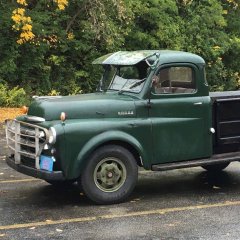
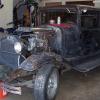
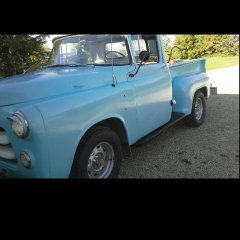

r.jpg.1ed48d36972d95d847ae6df57fcadc2c.jpg)
r.jpg.e4232d841aef6bab600e69d730c28a9e.jpg)
r.jpg.60bde95ca41f30d4730c39bde5b5e8b2.jpg)
r.jpg.05953ff95c23c125bac8e65f116db71e.jpg)
r.jpg.c0fdf2940d9e4a6e852a17c834bc51a3.jpg)
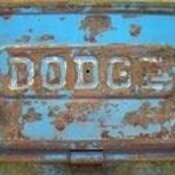
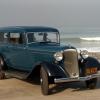
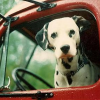
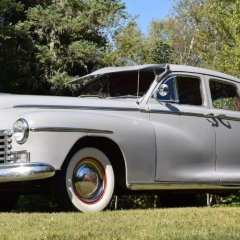
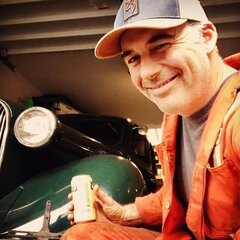
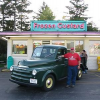
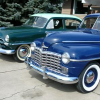
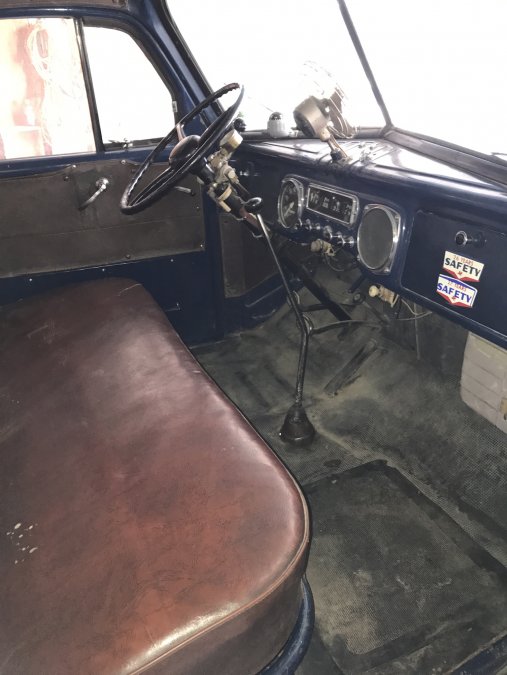
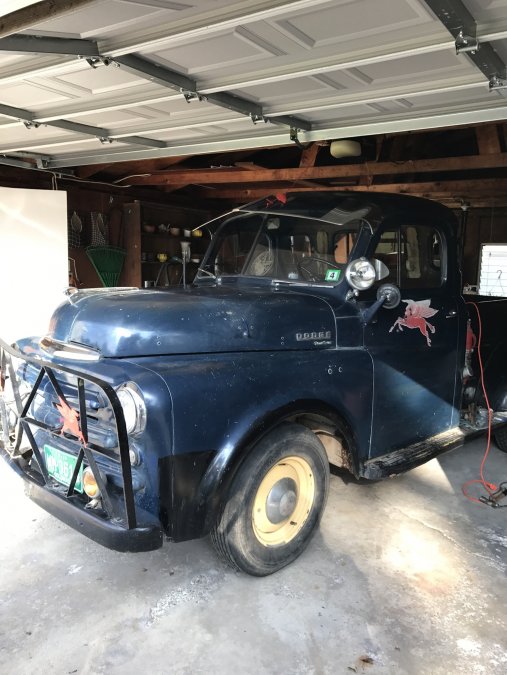

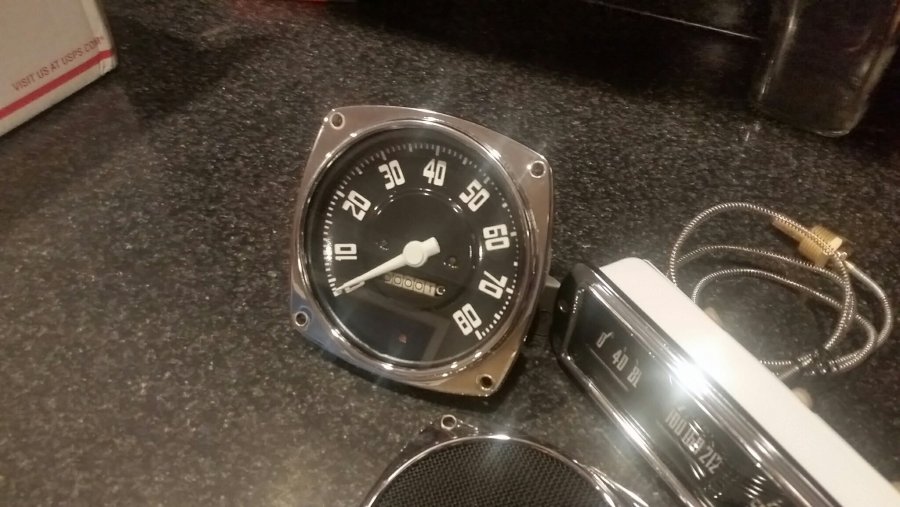

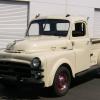


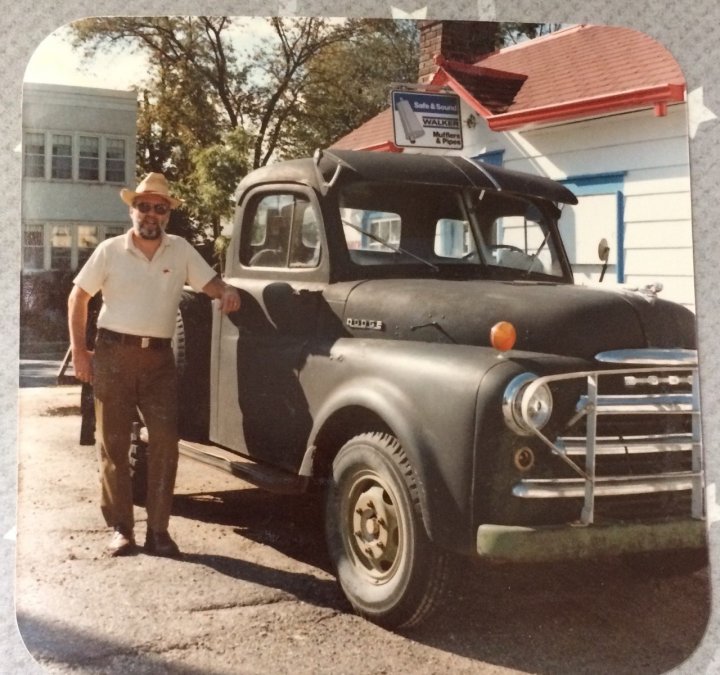
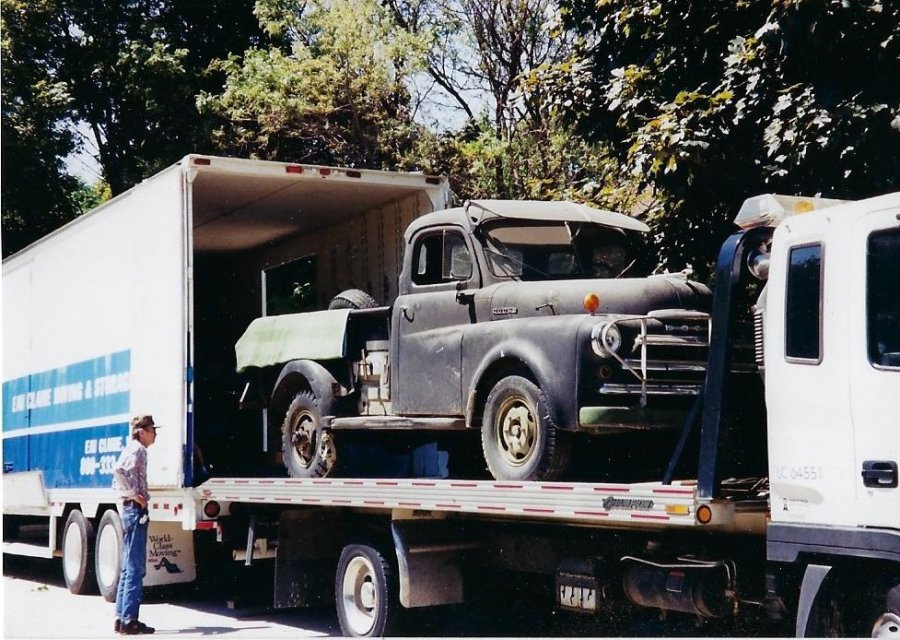
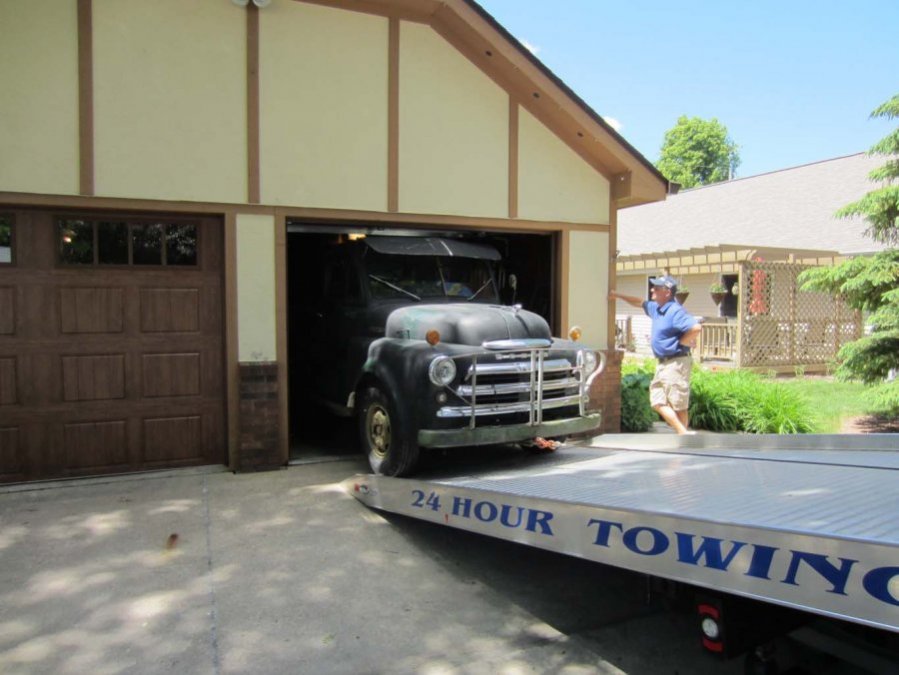
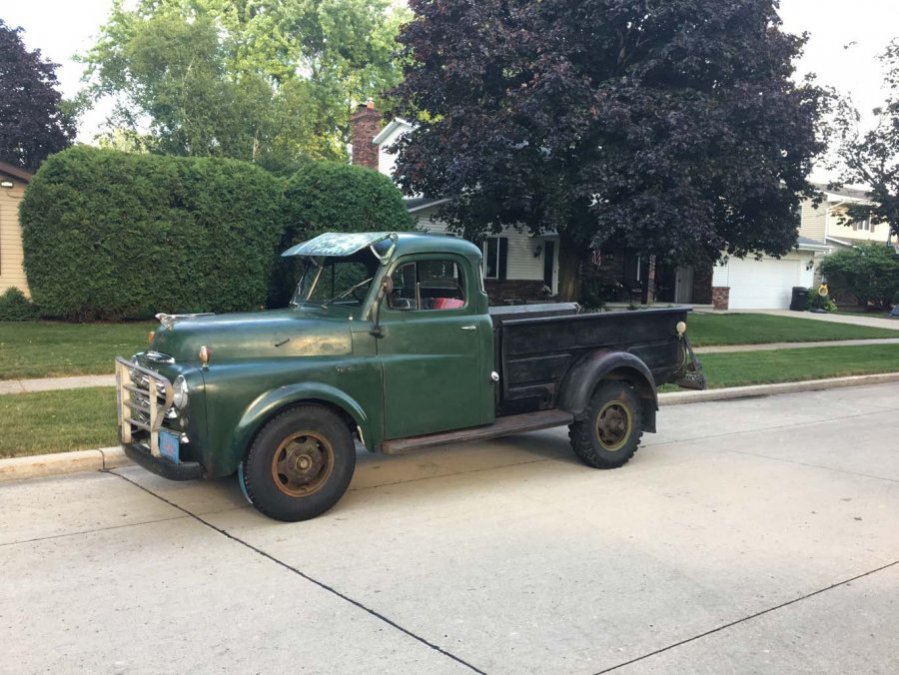
.thumb.jpg.6bc5ebe7b46a5e240823e371055c7c60.jpg)